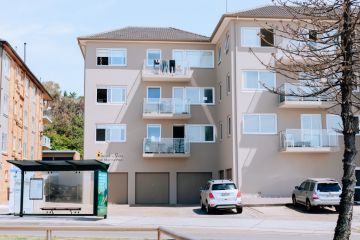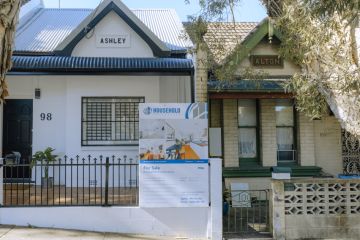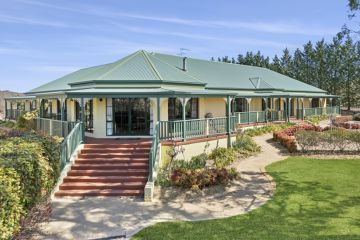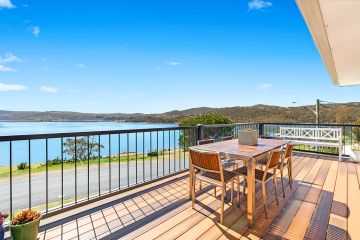Rebound in Australian building approvals in June points to improving affordability and 'buoyant' construction sector
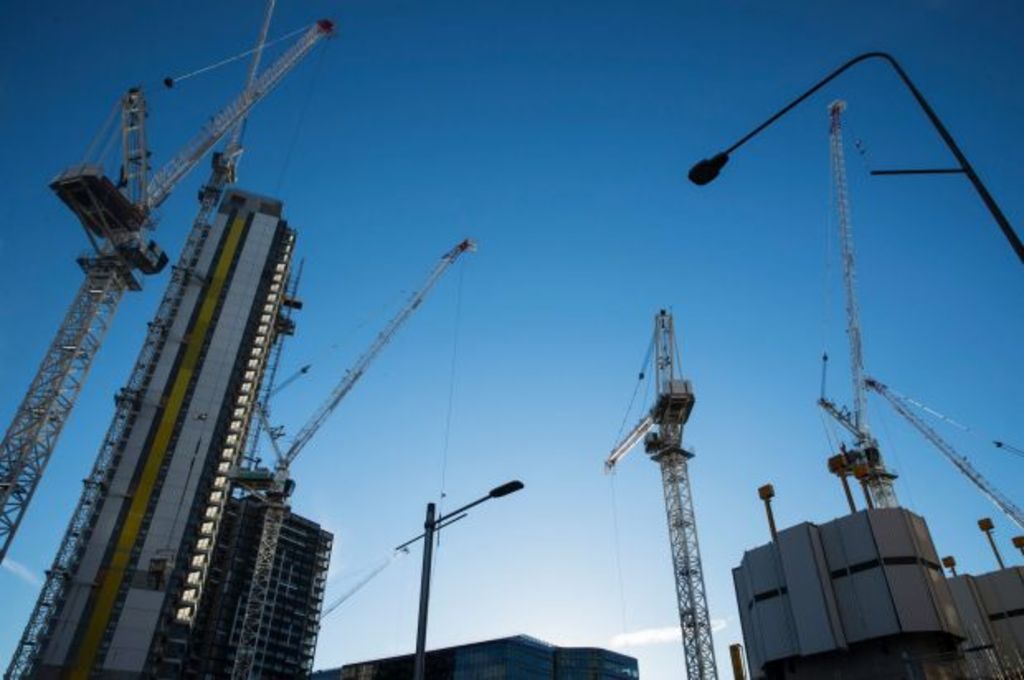
The number of new homes approved for construction shot higher in June, reversing a sharp fall in May, with apartments driving the rise.
The latest Australian Bureau of Statistics result closes off what now ranks as Australia’s second-biggest financial year on record, in terms of total building approvals, behind 2015-16.
More townhouses, semi-detached dwellings and terraces were approved in the year than any other on record.
Total dwellings approved in June rose 6.4 per cent in seasonally adjusted terms to 19,113, according to Tuesday’s ABS release, with the result taking the rise over the year to 1.6 per cent.
The result came in well above the consensus expectation of a 1 per cent rise in June.
Aust June home blding approvals +6.4%mom. Rebound after several mths of falls driven by priv units (+7.2%mom) & priv houses (+5%mom). Trend is down from late 2017 high but only gently & level remains high suggesting a slowing in dwelling investment, not a collapse(not yet anyway) pic.twitter.com/cTF8Gc8G9z
— Shane Oliver (@ShaneOliverAMP)
July 31, 2018
The gain was driven by units, townhouses, semi-detached and ‘other’ dwellings, which surged a seasonally-adjusted 7.2 per cent in the month. Private houses rose 5 per cent.
Dwelling approvals edged higher in NSW but fell in Victoria and Queensland, while the ACT, South Australia and Northern Territory posted strong gains.
While the number of dwellings approved rose, the total value of those approvals fell 0.8 per cent in June, in trend terms, driven by non-residential buildings, and has fallen for seven months in a row.
Building approvals rebound in June after weak May read, in trend terms they seem to be drifting only modestly lower despite softer property markets more broadly. It seems the true test of residential activity levels may come when/if interest rates rise #ausbiz #ausproperty pic.twitter.com/pIYilswiC8
— Alex Joiner (@IFM_Economist)
July 31, 2018
The data points to the possibility of improved affordability on the back of further housing supply at a time when prices were weakening, according to Domain economist Trent Wiltshire.
“Another strong year of approvals adds to a large pipeline of work, especially for apartments and townhouses,” Mr Wiltshire said.
“More housing supply, combined with tighter credit conditions, will contribute to improved affordability.”
On the other hand, the figures show a healthy construction sector with plenty of work coming through the pipeline, according to CBA senior economist Gareth Aird.
“The housing market has cooled from a prices and credit growth perspective,” Mr Aird wrote following the release.
“But in terms of construction, which contributes to economic activity, things remain buoyant. On the basis that most of the approvals for houses and apartments turn into commencements, the level of dwelling investment will remain elevated in Australia over the next two years.”
Mr Aird said last month’s “fears of a sharp decline of residential activity look overdone”.
We recommend
States
Capital Cities
Capital Cities - Rentals
Popular Areas
Allhomes
More
